| Tools and Weapons |

Neandertal toolmakers at work
 |
From the left to right there is a scraper, and two small hand axes. On the top from right to left is another scraper and a flaked point. |
 | 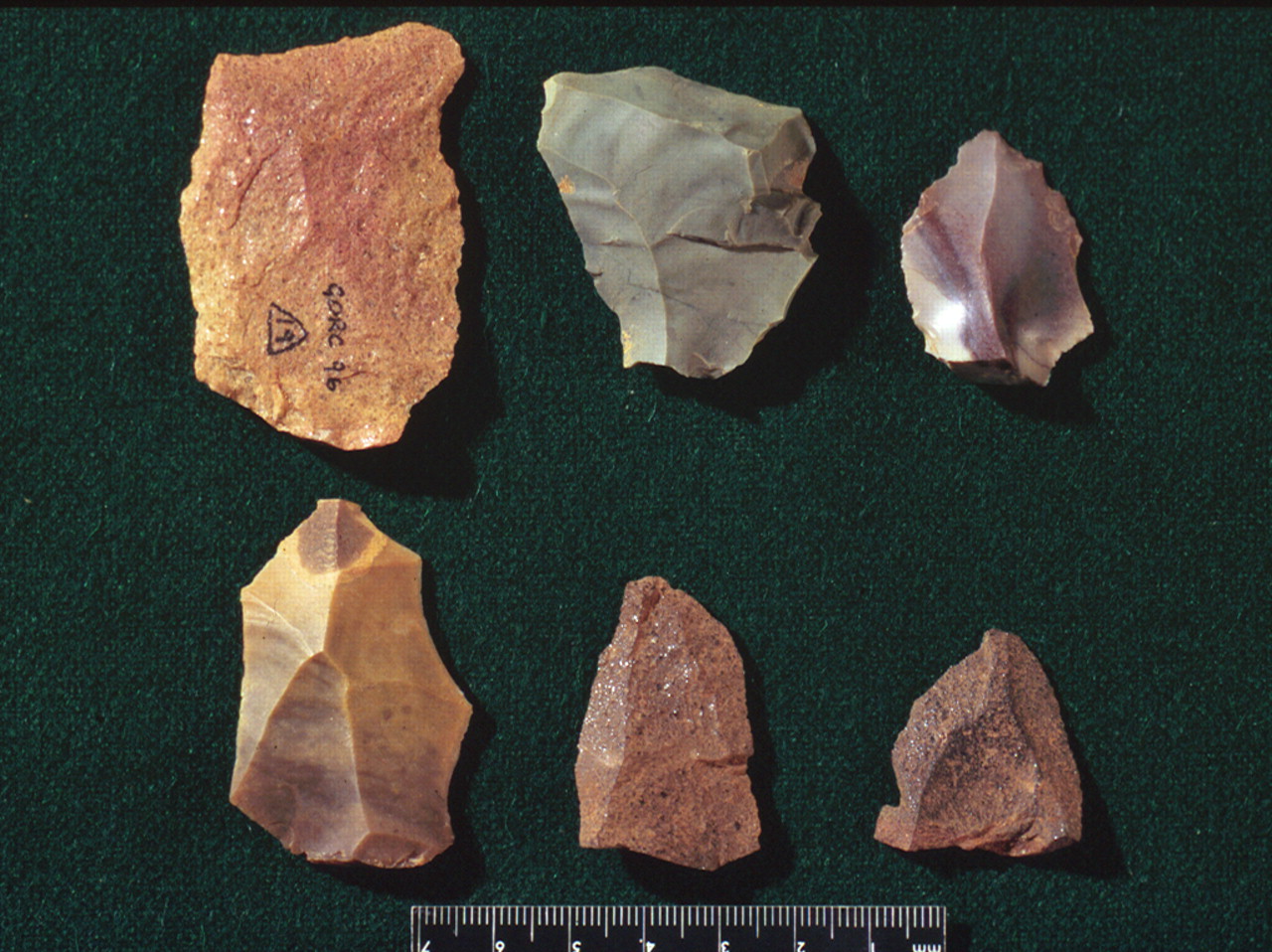 |
 |
 http://anthro.palomar.edu/homo2/mod_homo_3.htm |  | 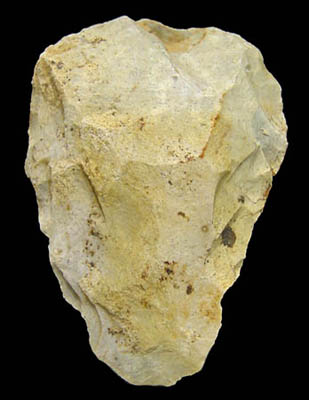 |  |  |
 |  |  |  |
 From Early Man by F. Clark Howell, 1965 From Early Man by F. Clark Howell, 1965 |  http://anthro.palomar.edu/homo2/images/Levallois_technique.gif http://anthro.palomar.edu/homo2/images/Levallois_technique.gif |
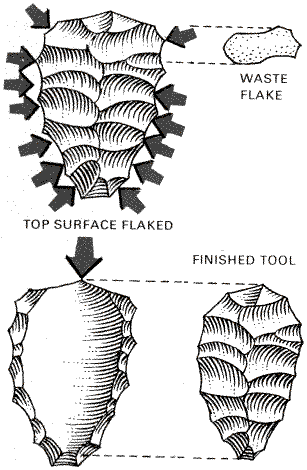 From Early Man by F. Clark Howell, 1965 |  From Early Man by F. Clark Howell, 1965 |  |
 | 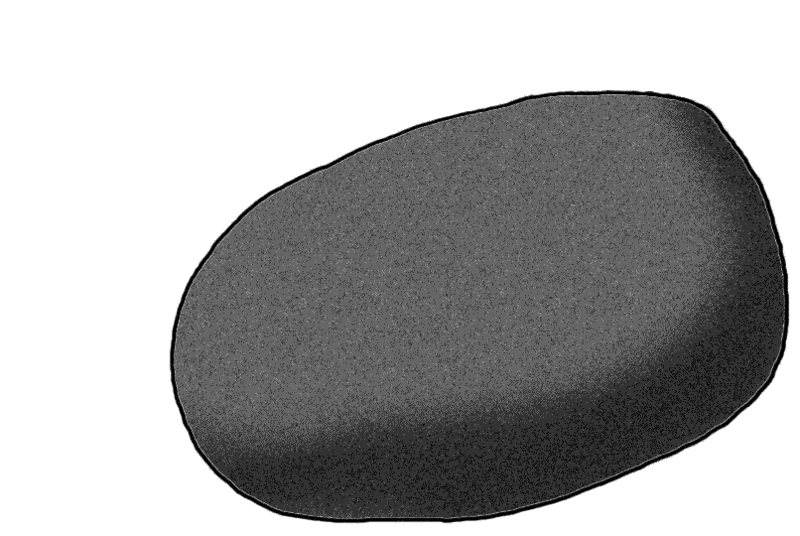 |
 |  |  |
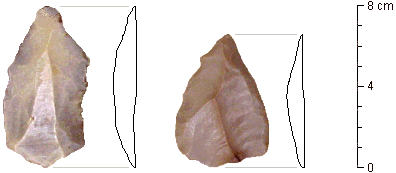 |  |  |  |
 |  |  |  |  |
 |  |  | |
 | |
 |
The shape of the blades is similar to the Mousterian blade. |
 their jaws and teeth as a gripping vice to make tools and hold objects other than food items in their mouths, using their front teeth as anchors. In many skulls, such as Shanidar I, the front teeth are literally worn down to the root. Extensive studies done on the wear patterns of Neandertal teeth reveal that both animal and vegetable material had been pulled out across their clinched teeth. Other microscopic dental studies reveal that items were being held in the mouth and simultaneously cut with stone tools (Stringer 1993). Not only did Neandertals cut materials while holding them in their mouths, but they also used their teeth as an anchor to procure hides with side scrapers. This excessive wear on Neandertal teeth has lead to speculation that hides were processed, while being clenched in their mouth's, by rubbing a scraper back and forth, and up and down. It it obvious from this evidence, that although the invention of the needle did not appear until later, Neandertals probably managed to crudely tie processed hides together with sinews.
their jaws and teeth as a gripping vice to make tools and hold objects other than food items in their mouths, using their front teeth as anchors. In many skulls, such as Shanidar I, the front teeth are literally worn down to the root. Extensive studies done on the wear patterns of Neandertal teeth reveal that both animal and vegetable material had been pulled out across their clinched teeth. Other microscopic dental studies reveal that items were being held in the mouth and simultaneously cut with stone tools (Stringer 1993). Not only did Neandertals cut materials while holding them in their mouths, but they also used their teeth as an anchor to procure hides with side scrapers. This excessive wear on Neandertal teeth has lead to speculation that hides were processed, while being clenched in their mouth's, by rubbing a scraper back and forth, and up and down. It it obvious from this evidence, that although the invention of the needle did not appear until later, Neandertals probably managed to crudely tie processed hides together with sinews. |
Shanidar I's excessive tooth wear. Notice how the tooth is worn down to the root. |









0 Comments